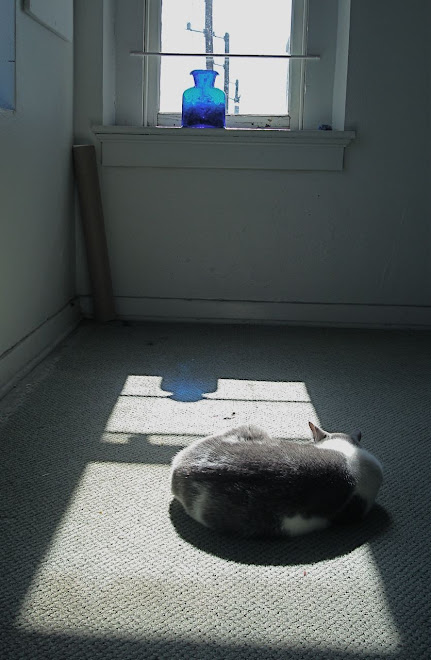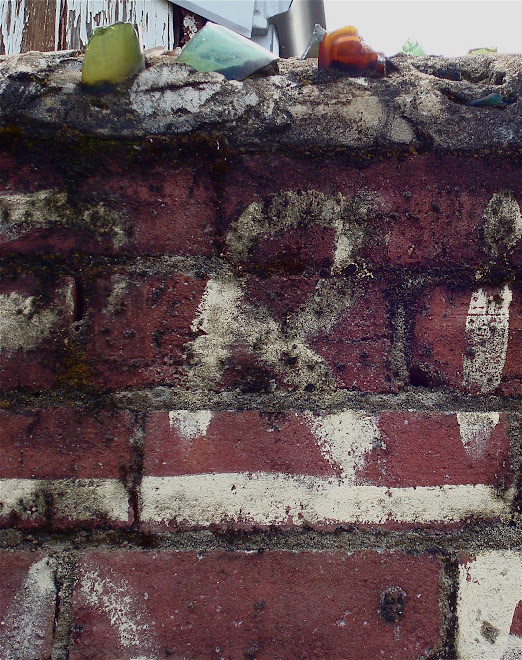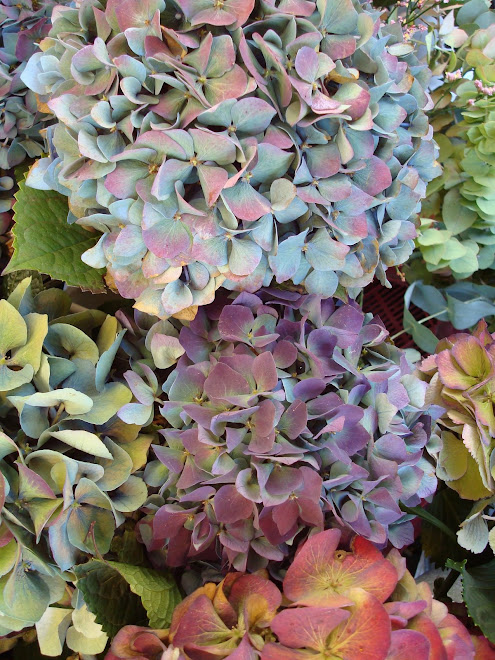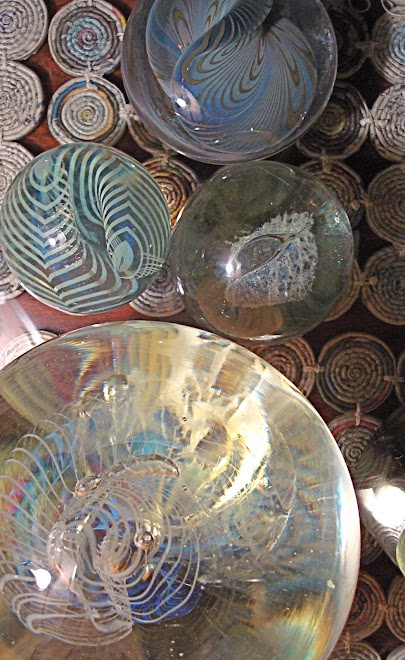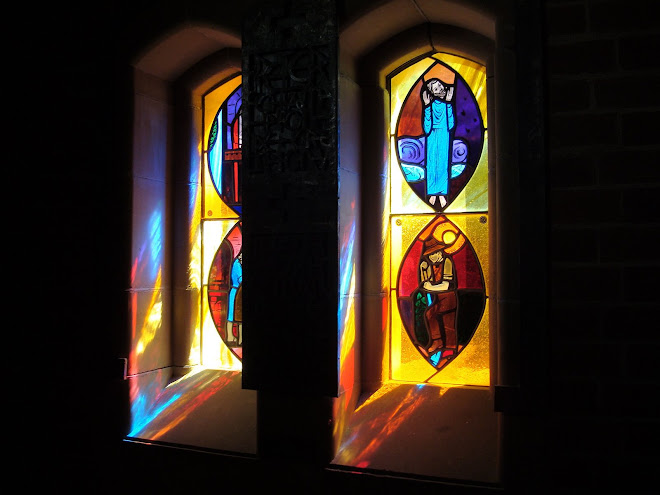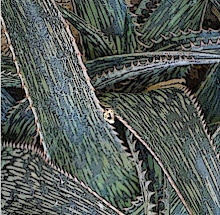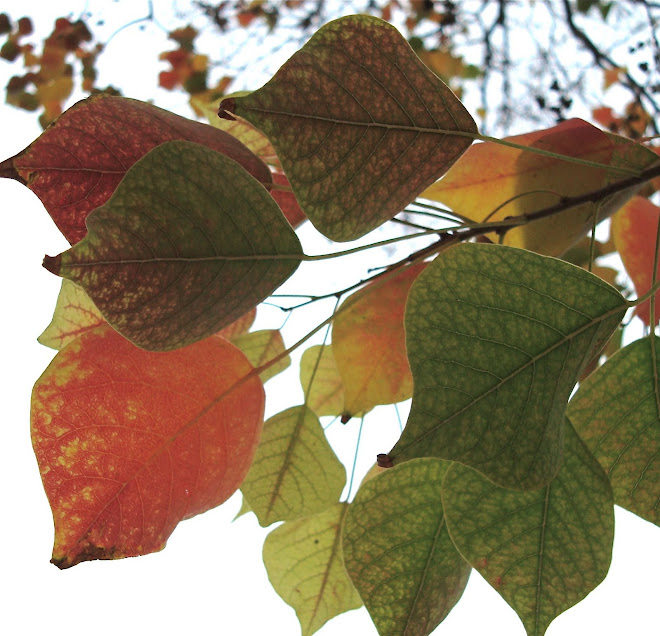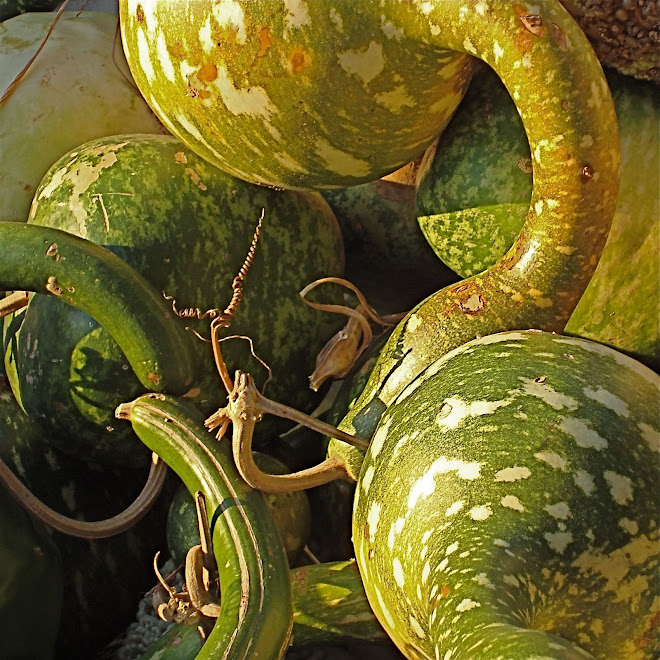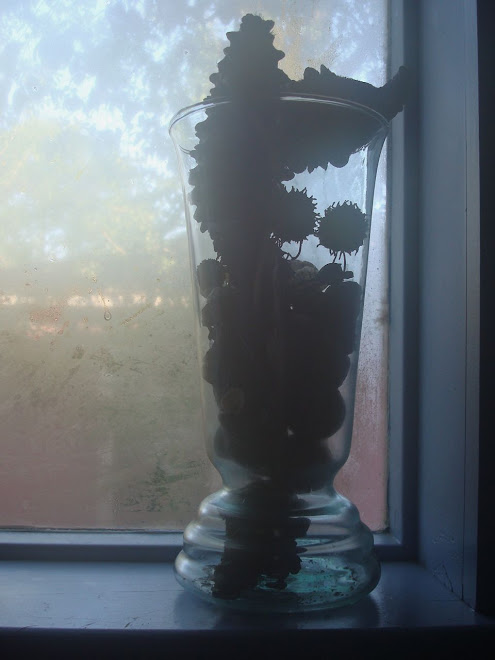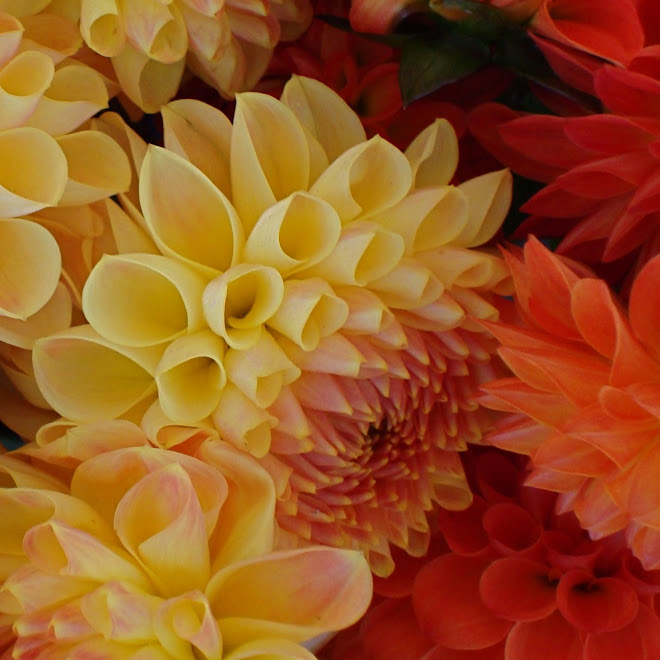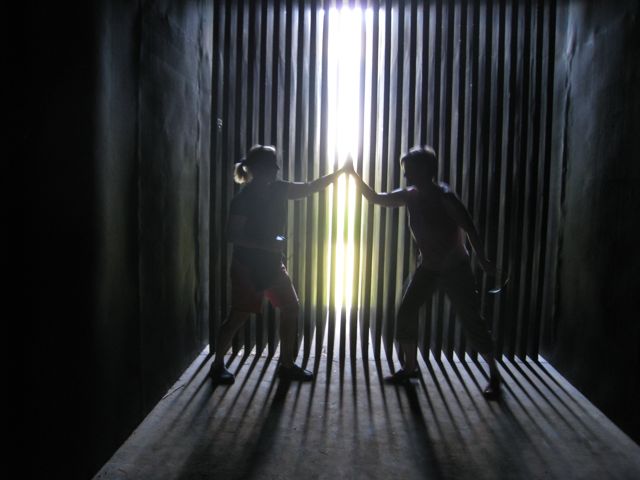
Today is the Winter Solstice. The longest night of the year; when ancient peoples waited for the sun in trepidation - fearful that it would never rise again. Although the sun never failed to rise, the long wait for daylight generated doubt. Human ability to trust is very fragile.
I muse this evening on the similarities of the above experience with being an artist. Art making is a satisfying blend of memorized principles and thoughtful, deliberate application. If I learn why a focal point works, and how asymmetrical balance is achieved, then I can apply what I've learned. If I work with intention, there is always some experimentation and guessing involved, but I trust the principles to guide me. And they usually do.
How many times have I commiserated with an artist friend who's hit a low point - sure that inspiration or direction would never return? The long, dark night when we don't trust the sun will ever rise on our creativity again is painful, terrible. We stop working. We get mad or resentful. Sometimes we even give up.
But consider that trust is in itself an intentional choice. A choice we make in our lives as artists. When my artistic well is dry, and my creative night is long, I have two choices. I can fret and disengage, or I can show up. Showing up means I go to the studio anyway. Maybe I'll dye cloth. Maybe I'll clean up. But either way, I'm going. I want to be present when inspiration returns. And I choose to believe it will return. I trust that the creative energy fueling me is still in there, even when it is at a low ebb. And as with all cyclical things, if I keep showing up, I do find my creative way again.
And since I am more than just an artist, the winter solstice also speaks of the symbolic dark night currently being experienced around the globe. Even a cockeyed optimist would be pensive, were she to contemplate the state of world affairs. But remember, trust is in itself an intentional choice. I still have two choices. I can fret and disengage, or I can show up. Showing up means I keep doing what I believe is important. I treat others as I want to be treated. I choose to respond to rudeness with kindness. Not always, but as often as I can. I refuse to criticize presidential appointees who haven't even started their jobs. I want to give them a chance. I eagerly anticipate programs that put people to work cleaning and fixing and thinking. I want to be present as we continue the gradual humankind shift to balance - socially, politically and environmentally. Because as with all cyclical things, if we keep showing up, we'll find our creative way again.
Mine is a fragile trust, but one strengthened by choosing intentionally. I support my intention by attending a small, contemplative service on Sunday mornings. This morning there was no room in the inn, oops, I mean the sanctuary, because a pageant was scheduled for 11:00 am. We gathered in the more intimate parlor, which was perfect for our rather informal group. After our shared singing, and the reading of a scripture passage, we settled into silent meditation.
There was the bang of a door in the outer hallway. Cheerfully loud voices greeted each other in the vestibule. Oh no! How dare they interrupt our quiet contemplations? I felt my pulse quicken.
But you know, meditation is easy when no one is around. Much harder when real life inserts itself into the equation. Being present means being present - no matter what.
So the voices in the hall? Just a little reminder that Life is coursing uninvited, all around me. What are my options? Fret and disengage, or show up. On this long day leading into the longest night of the year, I choose trust. And sometimes a leap of faith.








































